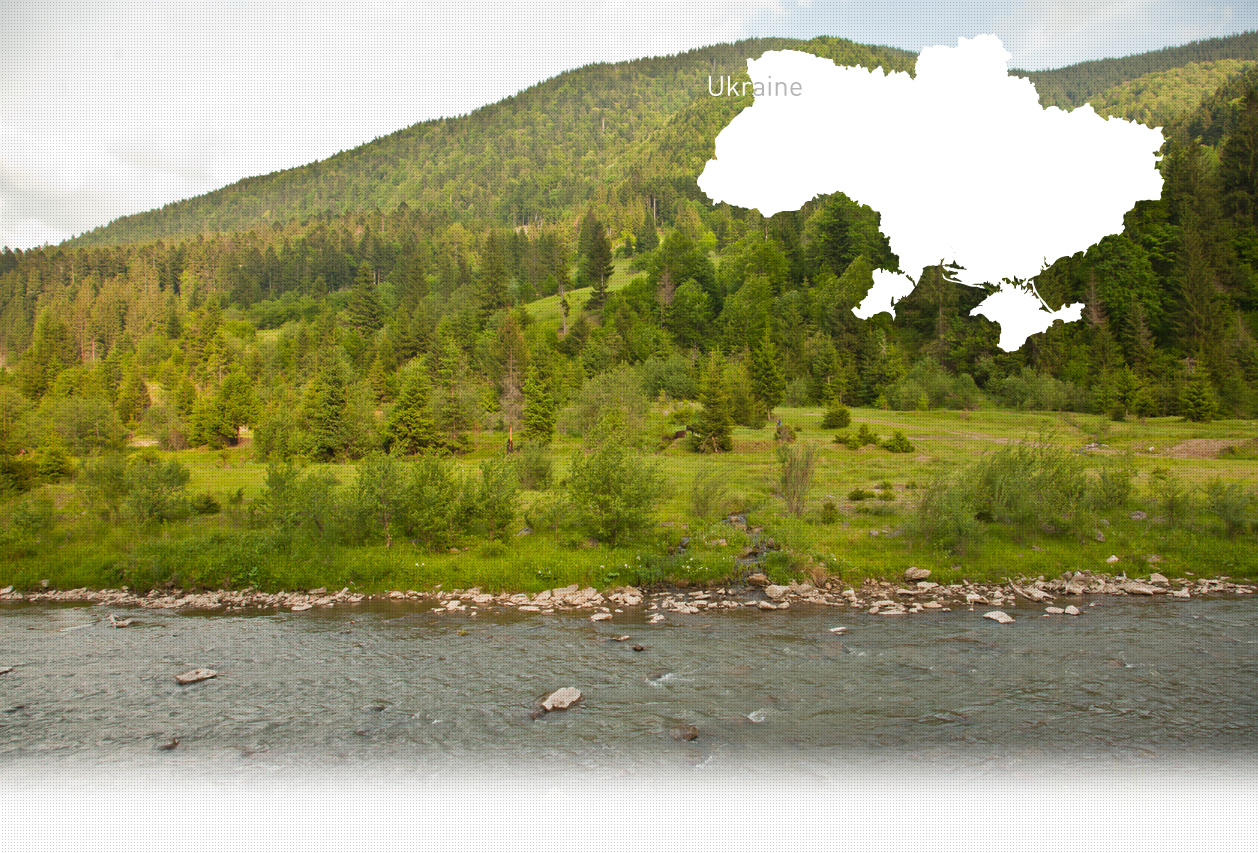

1 Killing site(s)
Rostyslav R., born in 1934: "A labor camp for Jewish workers was established in Velykyi Hlybochok. It was surrounded by a barbed wire fence and guarded by local policemen. There was a kitchen inside the camp where meals were prepared for its inmates. Jewish detainees were subjected to exhausting forced labor in the quarry under guard of Germans and Ukrainian policemen. I remember a Jewish machinist, Zhytnik, who managed to escape from the camp and survive the war. He returned to the village after the end of the occupation, wearing the uniform of a Red Army Captain. I was very happy to see him!" (Testimony N°YIU806U, interviewed in Velykyi Hlybochok, on May 11, 2009)
"From 1942, a camp for the Jewish population was established by the Gestapo on the Folwark’s property in the village of Velykyi Hlybochok. Jews from the regional districts such as Kozliv, Zboriv, Kozova and others, were brought to this camp, about 12,000 people in all. The camp commander was Gestapo officer P. Being a Jew, I was also detained in this camp from 1942 until the arrival of the Red Army. There was not a single night when 500 or more people weren’t shot. The shootings were conducted in the eastern part of Velykyi Hlybochok, at about 600 meters from the road towards Plotycha. Each day, all men and the majority of women were taken to the stone quarry to perform forced labor. Sometimes people fell down on the road because of malnutrition. In such cases, camp commander, officer P., gave orders to the SS members to finish off anyone who couldn’t walk anymore. The SS members shot them dead on the spot. Moreover, many children and women were asphyxiated by gas and buried alive. On July 23, 1943, a group of about 1,000 people were taken to the valley on the outskirts of Velykyi Glybochok and burned alive. I managed to escape [from the column] on our way [to the execution site] and I stayed alive, while my father and all my relatives were burned. Many arrested Jews were subjected to violent torture and beatings before being shot." [Deposition of Khaim Zhytnik, a Jewish survivor, given to State Extraordinary Soviet Commission(ChGK), on October 13, 1944; GARF 7021-75-372/Copy USHMM RG.22-002M]
Velykyi Hlybochok is located about 11 km (7mi) northwest of Ternopil on the banks of Nesterivka River, tributary of the Seret River. The village was first mentioned in the 16th century as a part of eastern Poland. In 1772, Velykyi Hlybochok was transferred to the Austrian Empire as a part of the Kingdom of Galicia. At the end of 1918, for a short time, the village was under rule of the Western Ukrainian Republic before being taken over by Poland. In 1939, following the outbreak of the war, Velykyi Hlybochok was incorporated into the Ukrainian Social Soviet Republic as a result of the Molotov-Ribbentrop Pact. The exact number of the Jewish residents of Velykyi Hlybochok remains unknown, but according to Yahad eyewitnesses, there were no more than two Jewish families living in the village on the eve of war.
Velykyi Hlybochok was occupied by German troops on June 30, 1941. After a brief period of military administration, the town was taken over by German civil administration on August 1, 1941. That same month, a labor camp for Soviet POWs was established in the village along the Transit Highway DGIV, on the former Folwark, a property of a Polish landowner. From June 1942, hundreds of Jews from all over the Ternopil region were transferred to the camp and confined in the building which would be transformed into a cafe after the war. The Jewish labor camp was surrounded by a two-meter-high barbed wire fence and run by a Gestapo officer. At the same time, about 15 Jewish doctors with their families were installed in the hospital building outside the camp’s territory where they continued to practice.
Under guard of Germans and local policemen, Jewish labor camp inmates were subjected to forced labor in the quarry, where they had to extract stones for road construction and build a water tower in the nearby village of Chystyliv. Unbearable forced labor, endless working hours and malnutrition resulted in a Jewish workers’ complete exhaustion. Isolated shootings of anyone no longer able to work were conducted throughout the camp’s existence. The victims’ corpses were buried in pits dug in the valley on the outskirts of Velykyi Hlybochok. New Jewish detainees were regularly transferred to the camp in order to replace murdered inmates.
On July 23, 1943, as the front was approaching, the remaining labor camp detainees, 640 people, including men, women and children, as well as Jewish doctors with their families, were executed over the course of an Aktion conducted by the camp commanders and a special detachment of 200 Gestapo members arrived from Ternopil. Two pits had already been dug by Jewish detainees several days earlier in the valley near the Seret River and the swamps, several hundred meters from the camp. As the victims tried to escape while being marched to the execution site, most of them were shot dead or injured by the Germans on the spot, while a small number of Jews were taken to the pits to be executed. Local inhabitants were then requisitioned with their carts to pick up the bodies all over the valley and to bring them to the pits where they were burned on the same day. According to the Soviet archives, 46 pits containing 7,000 corpses, including 2,000 POWs and 5,000 Jews, were discovered at the execution site at the end of the German occupation. Today, there is no memorial to mark the burial site.
Do you have additional information regarding a village that you would like to share with Yahad ?
Please contact us at contact@yahadinunum.org
or by calling Yahad – In Unum at +33 (0) 1 53 20 13 17